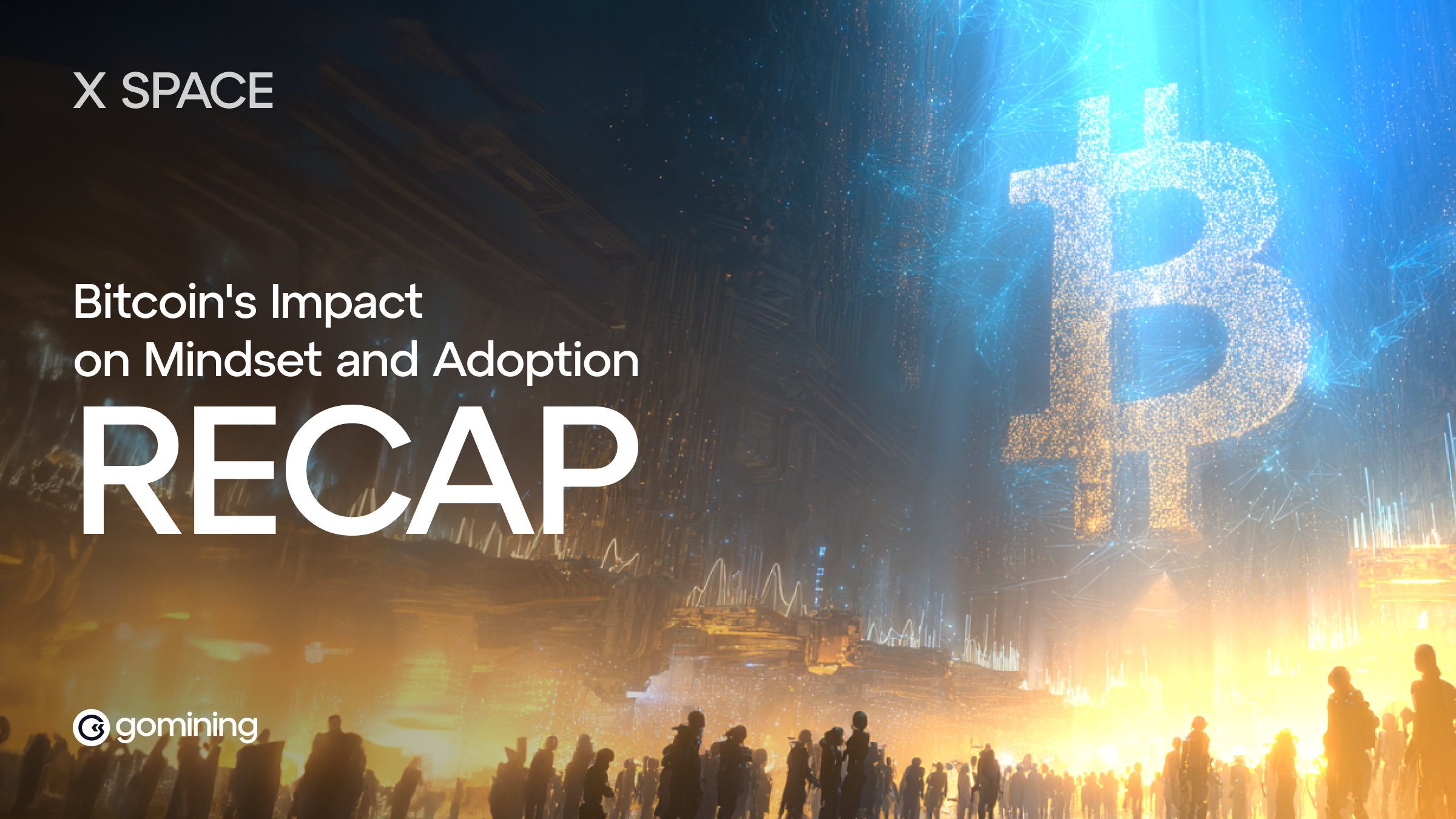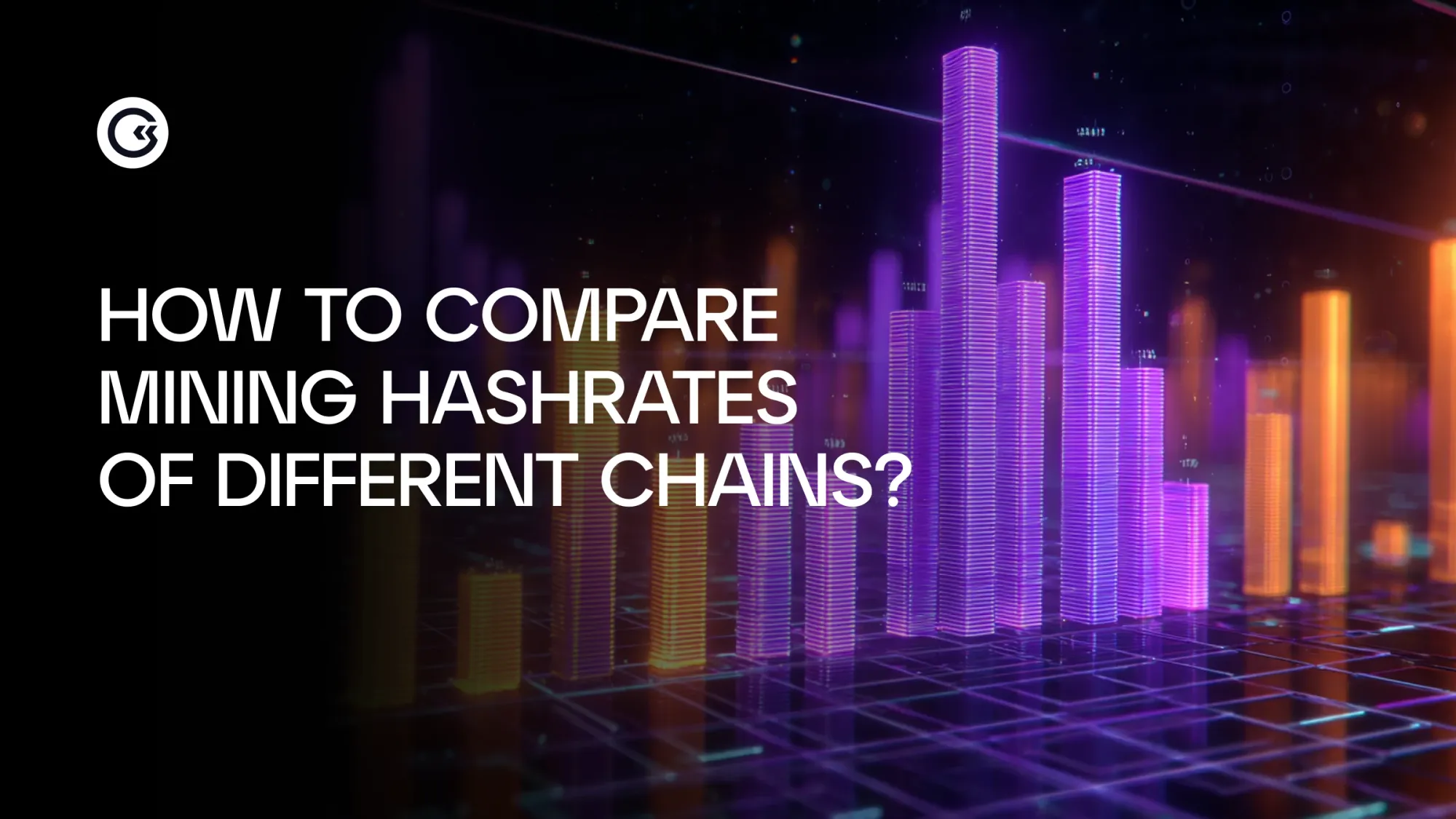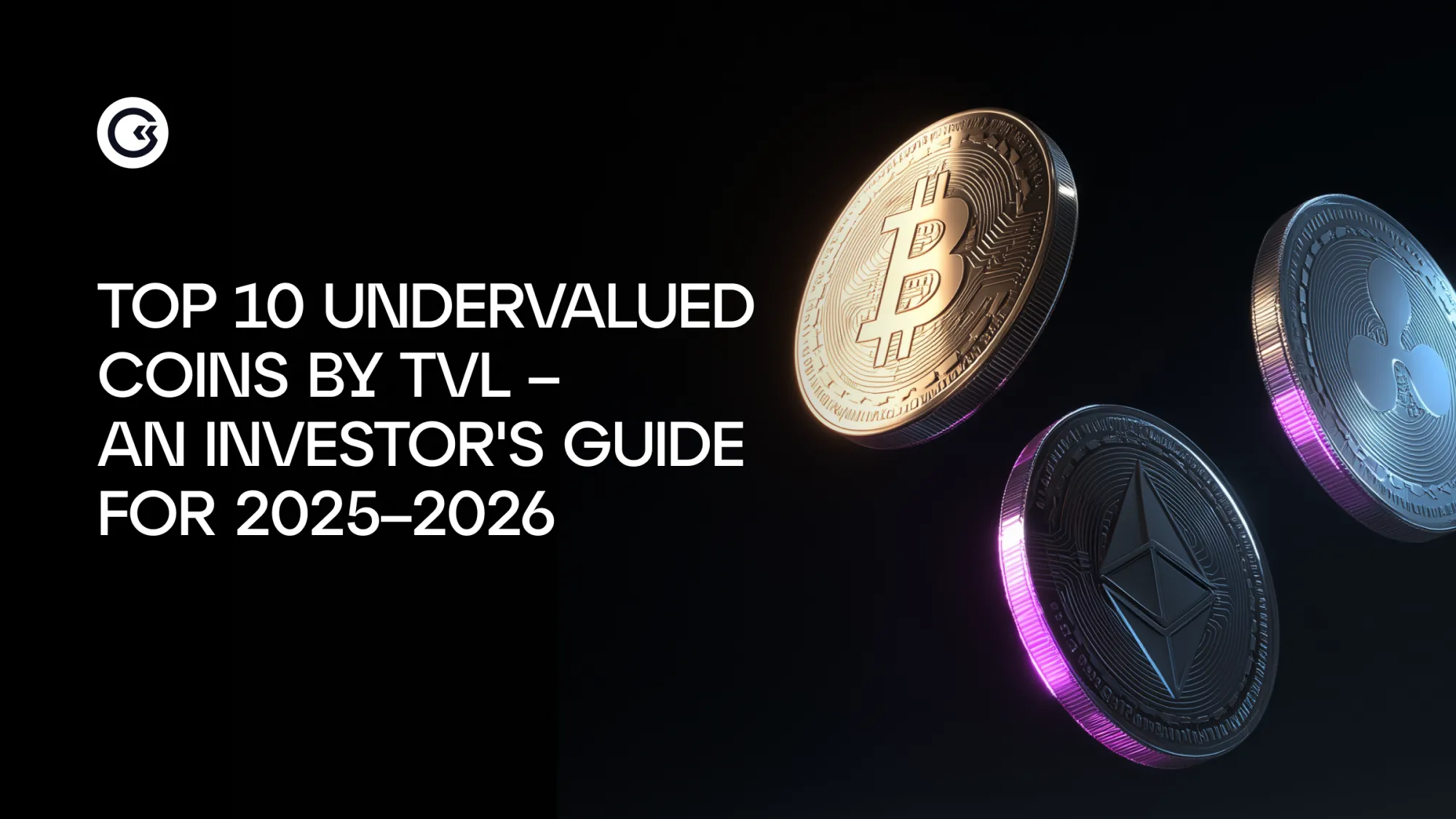In this September 2025 X Space, GoMining’s community gathered with guests Chart Fu, Von Doom and Diana to discuss what’s really driving the next phase of Bitcoin adoption.
Markets, rate cuts, and real-world payment rails took center stage in this session. Speakers compared notes on shifting personal strategies (from fiat savings to “BTC as base currency”), why merchant adoption still lags, and where crypto is already solving problems in high-inflation economies.
Let’s break it down
Where: X Spaces
When: September 2025
Who:
Host: Sammy
- Guests:
- ChartFu (GoMining advisor)
- Von Doom (crypto commentator and returning guest)
- Diana (community participant)
Why: To explore how macro, real-word payment adoption, cultural narratives and generational attitudes are shaping Bitcoin’s role as digital money.
Highlights from the Space
🔥 1) Markets turn bullish, and miners lead the charge
The discussion began with reflections on renewed optimism following recent rate cuts. Bitcoin, Ethereum, and Solana were all on the rise — but what stood out was how mining and tech infrastructure stocks were outperforming traditional assets.
Speakers noted that many mining companies are evolving into data centers, leveraging both Bitcoin infrastructure and AI-related workloads, signaling a new phase of convergence between crypto and mainstream tech.
🔥 2) From saving fiat to living on Bitcoin
Several speakers shared how their approach to money has fundamentally changed. Where they once converted profits back into fiat, many now treat Bitcoin as their base currency — keeping minimal amounts in banks and using BTC for long-term savings.
This shift reflects a growing sense that fiat currencies are losing value faster than ever, while Bitcoin’s scarcity and durability make it the preferred reserve asset for individuals as well as institutions.
🔥 3) Inflation, automation, and the next economic transition
The conversation took a deeper turn into the structural forces shaping global markets. Participants discussed how endless money printing and the rise of AI could accelerate inequality, disrupt job markets, and push governments toward some form of universal basic income.
In this context, Bitcoin and automation were seen as twin forces — one decentralizing finance, the other redefining productivity — both forcing society to rethink value and labor.
🔥 4) The generational and institutional divide
Data shared during Space highlighted a growing gap between generations. More than half of Gen Z and millennial investors have interacted with crypto, while a large majority of older fund managers and billionaires still hold no exposure.
Institutional reluctance, lingering fear from past narratives, and reliance on traditional advisors keep much of the world’s capital on the sidelines but participants agreed this gap won’t last forever.
🔥 5) Merchant adoption: tech ready, behavior lagging
Despite major brands like Microsoft, Tesla, and Shopify already accepting crypto, small merchants still lag behind. The group agreed it’s not fear or regulation, it’s inertia and low demand.
Crypto cards and stablecoin payments are already bridging the gap, especially with tools like USDC on Base, but a full-scale shift will likely come when payment terminals and merchant tools integrate crypto by default.
🔥 6) Bitcoin as a lifeline in inflation-hit economies
Real-world examples from Argentina and Bolivia showed how crypto adoption grows fastest where it’s needed most. In countries facing currency collapse and triple-digit inflation, citizens increasingly use Bitcoin and stablecoins for rent, bills, and everyday transactions.
The Bolivian case was especially inspiring: a telecom company with millions of users has launched a native token integrated into its payment network, allowing people to exchange and pay directly through their phones.
🔥 7) The cultural shift: from skepticism to curiosity
The tone around Bitcoin is changing. A few years ago, it was often labeled as a tool for crime. Now, it’s discussed alongside ETFs, AI, and national policy.
Speakers agreed that public perception has evolved: skepticism remains strongest among older generations, but the mainstream narrative is clearly softening as adoption widens.
🔥 8) The noise and the signal
Crypto culture’s chaotic side also came up. The rise of “pump.fun” projects and viral tokens that dominate attention cycles.
While some found humor in it, others noted how this noise often distracts from the meaningful innovation happening behind the scenes, from real-world adoption to infrastructure upgrades.
🔥 9) Education and family as the next frontier
The session closed on a human note: financial education at home. Panelists encouraged listeners to help loved ones open wallets, buy small amounts of Bitcoin, and learn how to self-custody safely.
The message was simple — in a world of eroding trust and rising inflation, the most caring thing you can do is help others take control of their own money.
Closing
This Space captured the mood of a maturing crypto cycle — one defined less by speculation and more by real adoption, personal conviction, and economic awareness.
From data center miners and hyperinflation stories to family education and generational gaps, every perspective pointed to the same truth: Bitcoin is no longer an outsider experiment. It’s becoming a financial reality for millions.
🔗 Missed the conversation? Catch the full recording: https://x.com/i/spaces/1mrxmBOYRqVKy/peek
Thanks to Chart Fu, Von Doom, Diana, and everyone who tuned in. Stay tuned for our next X Space — we’ll keep unpacking the trends that matter ⛏👾
October 22, 2025













